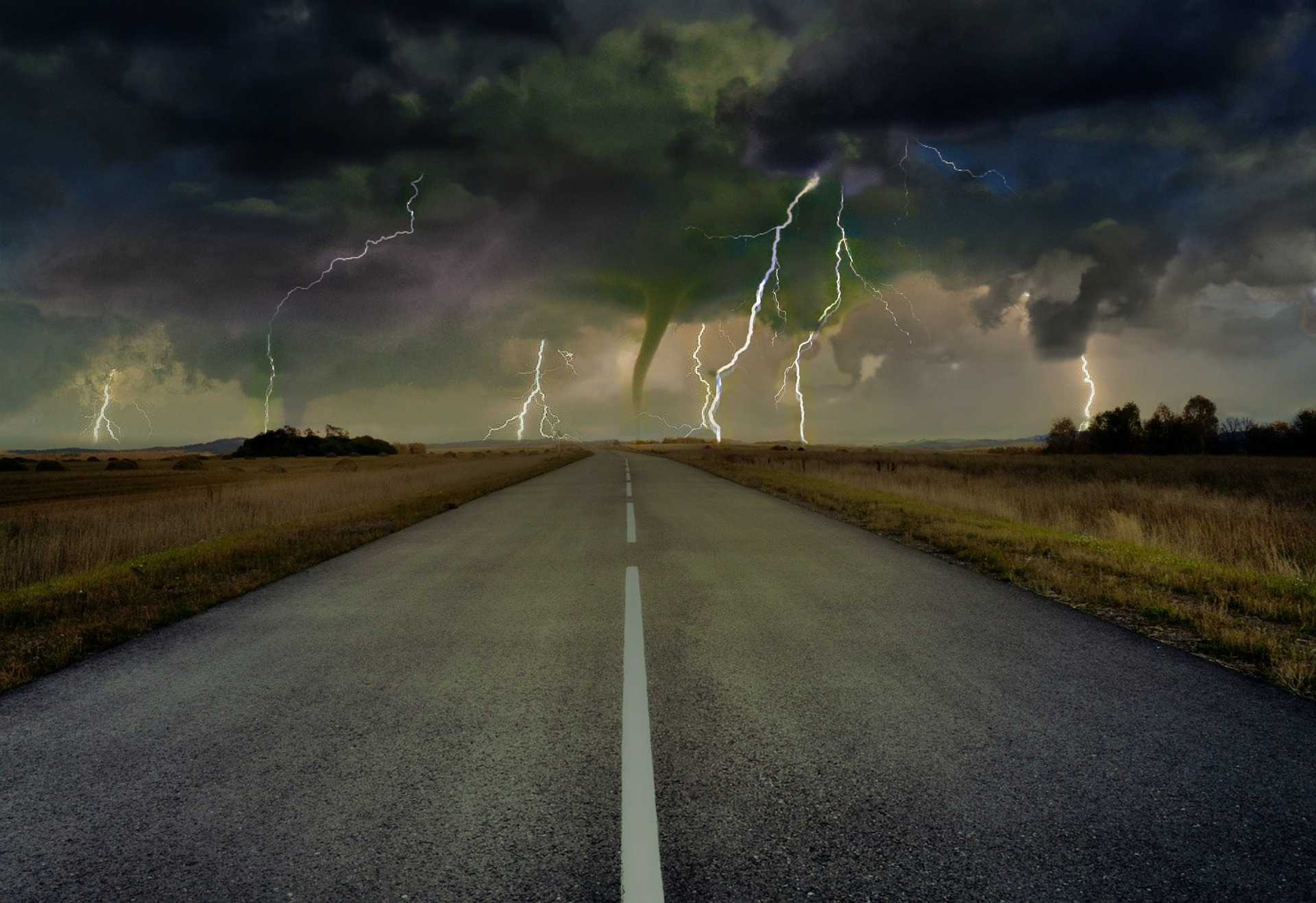On top of this coronavirus pandemic, you may have forgotten that it’s tornado season in Missouri. Tornadoes can occur any time of year, but they typically peak between April and June here in Tornado Alley. One thing you can do to protect yourself and your loved ones safe is install a storm shelter in or near your home. Although protection is the number one function of storm shelters, they also increase the value of a home.

A study from the Federal Alliance for Safe Homes found that safe rooms increased the sale price of a home by 3.5% (on average $4,200). This would be an 84% ROI on a $5,000 safe room. Not bad!
Now this study was conducted in our neighboring state of Oklahoma – a place where tornadoes happen fairly frequently. Storm shelters can increase home value in other places outside of tornado alley, as well. Safe rooms provide protection against other threats such as hurricanes, earthquakes, and intruders. No matter where you live, a storm shelter is a good idea.
There are a few different types of storm shelters, but ultimately any of them would be a great option. Take a look at some of the key features of underground, above ground, and bed shelters to get an idea of what’s available.
Underground shelters
The in-ground shelter is the most common type of storm shelter and the one that probably first came to your mind. These shelters tend to be larger (although that’s not always the case) which means they can hold more people. You would typically find an underground shelter outside in the yard or under the garage. Most are installed into the ground within a few hours and are made of steel, fiberglass, or concrete. One nice thing about the underground shelters is that they don’t take up space in your house, so you can save on square footage.
One down side of an underground shelter out in the yard is that you will have to expose yourself to the elements in order to get to the shelter. As long as you take shelter early enough, this won’t be a problem.
Above ground shelters
Above ground shelters (AKA safe rooms) can be installed anywhere a solid concrete slab is present within your home. You might find them in a pantry, closet, or garage. A safe room would be a good option for anyone with limited mobility since they are handicap accessible and always close by. Another bonus feature is that a safe room would provide a safe, easy hiding place in the event of an intruder. Sizes vary, but these shelters typically hold between 3 and 14 people.
If you don’t have much extra space in your home, this might not be the best option for you.
Bed shelters
Yes, that’s correct. A bed shelter! You may not believe it, but bed shelters have been designed according to all FEMA requirements and are tested to withstand an EF5 tornado. Plus, this is one of the most affordable options! Bed shelters transform into a “vault” that is spacious and comfortable for a small number of people. There’s no need to risk going outside during a storm when your safe room is right in your bedroom! Bed shelters can be designed to match the aesthetic of your room without taking up any extra square footage. This is a great option for smaller homes! On top of that, these shelters can move with you if you relocate to a new home! This is another great option!
If you’re seeking to install a storm shelter in (or near) your home, you have options. There are a variety of companies nearby that build and install storm shelters, but it’s possible this is a project you can tackle on your own after a trip to the hardware store. Either way, consider installing a storm shelter in order to protect your loved ones and increase the value of your home. No matter where you live, a storm shelter is a great idea!



